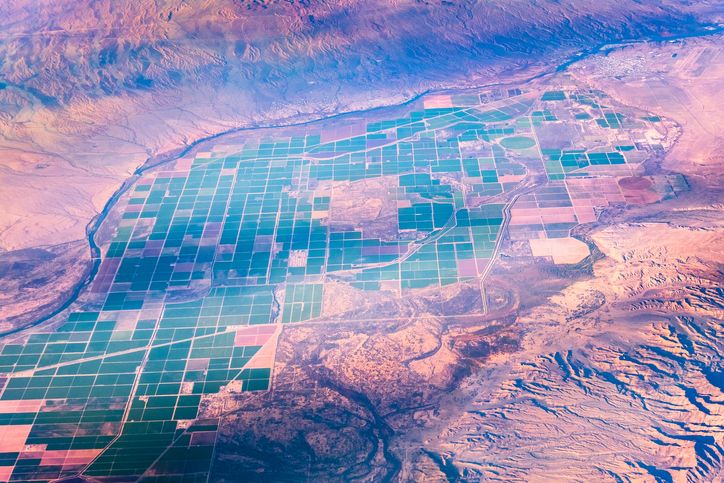Ryan Lefers is CEO at Red Sea Farms, based in Riyadh, Saudi Arabia.
The views expressed in this guest commentary are the author’s own and do not necessarily represent those of AFN.
According to Crunchbase, at the time of writing there are 699 agtech companies in the US that have successfully completed 993 funding rounds, raising a total of $10.4 billion between them.
While these numbers are impressive, the potential for the businesses represented by these numbers to help tackle agriculture’s biggest challenges could be spectacular.
Some of these challenges are described in a recent report from the Canadian government’s Trade Commissioner Service providing an overview of the US agriculture technology industry, with a focus on Southern California, Arizona, and Nevada – among the driest regions in the country.
The challenges described include the need for a larger global food supply as a result of population growth; changing consumer demographics; an increasing demand for locally produced foods; and the negative impact of climate change on agriculture systems and water availability.
The last point about climate change is significant. Although rain levels have been improving across the US in recent months, 57% of the country is currently experiencing abnormally dry conditions.
Traditional food supply chains could be severely disrupted if this amount of water scarcity becomes the new normal. Across the entire US, 1,942 counties and over 202 million acres of crops are lacking water. Water scarcity is not just about lack of rainfall; aridity, and rapidly increasing demand that outpaces resource supply, are all part of the problem.
This challenge comes on top of other problems farmers face, including pest control and plant disease.
Joining forces
We must find ways to tackle these challenges. Agtech companies are creating solutions ranging from robotics to alternative farming methods. Few set out with an end-to-end outlook; and there is a growing realization that businesses with complementary technologies and growing solutions can join forces to become more resilient and more attractive to their customers. (According to Verdant Partners, there were more than 50 M&A deals in the US agtech sector last year – demonstrating the economic and business advantages of taking a joined-up approach to make progress.)
Red Sea Farms, for example, recently partnered with the University of Arizona to demonstrate and implement novel agricultural technologies which have been developed in the harsh desert climate of Saudi Arabia to grow food with up to 90% freshwater consumption reduction.
This technology stack, combined with the University of Arizona’s 130-plus years of experience in agriculture — including controlled environment agriculture, in particular — provides a strong base platform for the proliferation of sustainable agriculture systems in the face of climate challenges.
Wider industry benefits
Successful trials of these kinds of technologies in areas of the US where there is water scarcity could help increase food supply in a sustainable way – while also opening commercial opportunities for agriculture to communities in harsh climates.
Growing more produce in the drier parts of country by using new technology could create benefits for the wider industry, too. These include better crop yields, better pricing and profit for high-quality produce, reduced market volatility, supply chain efficiency, and a reduction in waste – all of which have been identified by Deloitte as key growth opportunities for agtech entrepreneurs to focus on in order to create value.
The agriculture industry has faced and overcome many issues in its history. Now, climate change is one of the biggest challenges facing us; and again, we must solve it in the coming years if we are to achieve global food security.
Embracing agtech and supporting its growth in the US — and other countries with water scarcity and harsh climate issues — can help us get there by increasing the availability of sustainable, local food.




